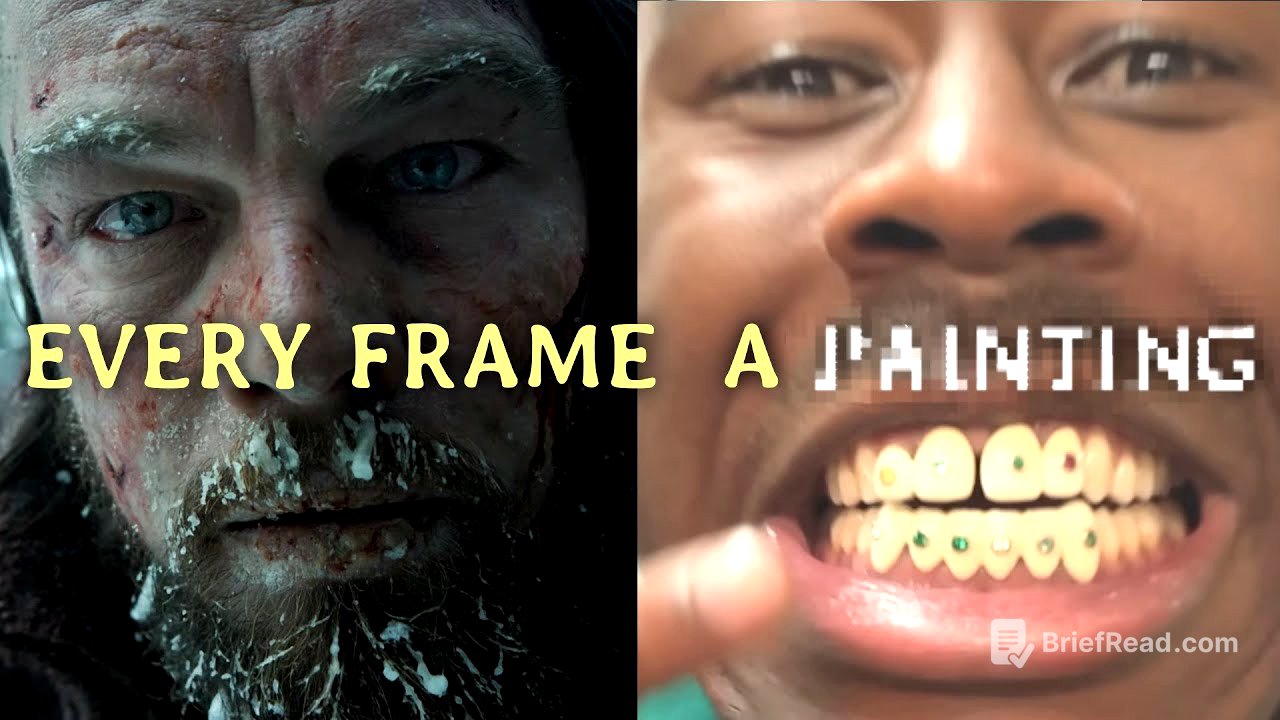TLDR;
The video explores the shift in cinema and other creative fields towards embracing rawness and imperfection, contrasting it with the pursuit of polished perfection. It draws parallels with the Impressionist movement, which emerged in response to the advent of photography, and suggests that the rise of AI in image generation may similarly push filmmakers to focus on the uniquely human aspects of their craft. The video highlights examples like Tyler the Creator's music video "THAT GUY," Sean Baker's film "Tangerine," the popularity of unfiltered YouTube content and podcasts, and Danny Boyle's upcoming film "28 Years Later" as evidence of this trend.
- The pursuit of technical perfection in art and cinema can lead to a sense of routine and forgettability.
- Rawness and authenticity are increasingly valued in creative works, fostering a deeper connection with audiences.
- The rise of AI in image generation may push filmmakers to focus on the uniquely human aspects of their craft, such as emotion and personal expression.
Introduction: Embracing Imperfection in Modern Media [0:00]
The video starts by highlighting Tyler the Creator's music video for "THAT GUY" and Sean Baker's film "Tangerine" as examples of media that embrace rawness and imperfection. "Tangerine," shot entirely on an iPhone 5s, uses its rough edges to immerse the viewer in the chaotic lives of its characters. The video suggests that these imperfections are deliberate and contribute to the genuine feel of the works. This trend is not a rebellion against industry standards but a natural shift shaped by audience preferences for authenticity.
The Overabundance of Polished Visuals [1:47]
The video discusses the prevalence of polished visuals in modern media, noting that while technical mastery can create breathtaking experiences, an overabundance of perfection can diminish its impact. In a world saturated with flawless visuals, something raw and authentic can cut through the noise. This shift is evident in the popularity of unfiltered YouTube content and podcasts, which offer a more personal and unscripted experience compared to traditional media formats. The audience is driving this shift, seeking content that feels real, relatable, and honest.
Historical Parallel: The Renaissance and the Impressionist Movement [3:29]
The video draws a parallel between the current media landscape and the art world of the 19th century. During the Renaissance, painters mastered realism, creating lifelike works of art. However, the invention of photography, which could capture reality with even greater precision, led painters to question the purpose of their craft. This crisis prompted artists like Monet, Degas, and Van Gogh to shift their focus from replicating the world to capturing how it felt, giving rise to the Impressionist movement. The Impressionists demonstrated that art doesn't need to be perfectly refined to be powerful; imperfections and fleeting emotions can be more impactful.
The Rise of AI and the Future of Filmmaking [5:40]
The video suggests that we are at a similar turning point today, with AI capable of generating photorealistic images and potentially creating technically perfect films. This raises the question of what filmmakers can create that AI cannot. The answer, like for the Impressionists, may lie in focusing on what machines can't do: capturing the heart and soul of a story. AI could liberate filmmakers, shifting the focus from technical perfection to creating something deeply human.
Conclusion: Embracing Humanity Over Perfection [7:03]
The video concludes by noting that this shift from perfection to raw humanity is already happening, citing Danny Boyle's upcoming film "28 Years Later," reportedly being shot on phones, as an example. Just as the Impressionists moved from realism to emotion, modern films are moving beyond polished perfection. The power of cinema lies not in making every frame perfect, but in making every frame feel alive. The past, present, and future are all connected in this ongoing evolution of creative expression.









